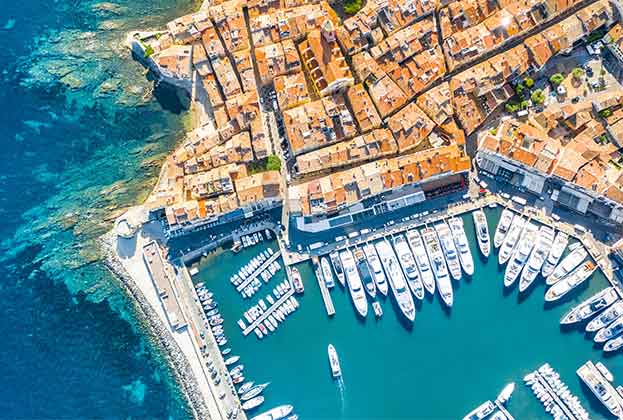The City of Edinburgh wins many accolades. Internationally, it scores highly for its quality of life (2nd), beauty (4th) and dynamism (9th). Within the UK, it come first for walkability, green space and friendliness (Convention Edinburgh Statistics). But is it the victim of its own success? What does this popularity mean for areas beyond the Bypass, the visual boundary of the city? And how can the city maintain the quality of life and dynamism which are its attractive attributes?
The migration bonus
Edinburgh benefits from a migration bonus, gaining more people every year than it loses. Over the past five years (2012-2016) the population has grown by 24,540, exceeding the half million mark for the first time, and households have increased by 8,010. Despite this, and recent pick up in development, there have only been 6,200 new homes built, which is intensifying historic undersupply. Therefore, it is unsurprising that the surrounding local authority areas are attractive for those seeking a new home. Almost 6,800 people moved out of Edinburgh to the immediate four surrounding local authority areas in 2016 alone, 3,000 more than the number that moved into Edinburgh from the same areas.
Developing suburbia
New residential development beyond the bypass has given impetus for this migration primarily through the provision of family housing. Over the past five years there have been 6,500 new homes completed across East Lothian (1,463), Midlothian (2,873) and West Lothian (2,259). The most significant additions have been in areas immediately beyond the Bypass and along key road routes.
Bypass commuting
Savills What Workers Want survey indicates that 'good public transport connections' was the most important factor for Edinburgh’s workers. While those living in Edinburgh report higher levels of commuting to work by foot than average, the same cannot be said for those living in the commuter belt: here road, bus and rail dominate. There have been key clusters of development along transport links, and while bus usage has increased on some routes, so too has traditional congestion. As the number of residents increases, infrastructure needs further consideration.
Edinburgh is ranked the fifth most congested small city (populations less than 800,000 in Europe) according to TomTom Data. Journeys typically take 40 per cent longer than they should due to traffic and take 70 per cent longer during peak times. This places it ahead of London for delays and on par with Rome and Shanghai. Furthermore, all bar two of the city’s delay hotspots (2016 Q2, latest available) were along the Bypass, with particular clustering around the routes connecting to Queensferry Road, Hermiston Gait and the Midlothian area.
Residential v office
Sites in proximity to the bypass, and as a result Edinburgh itself, continue to be in high demand, both from a residential and commercial perspective. A number of large land releases are planned for the West, including Cammo, Edinburgh Park, West Craigs and the Edinburgh Garden District.
Supply across these areas will deliver almost 10,000 new residential units over the next 10 to 15 years, but more supply across a variety of tenures will be needed to satisfy growth. Out-of-town office space continues to look attractive here too, due to its connectivity to the city centre, bypass and airport. This will create further competition for the most connected opportunities for residential housebuilders.
Further information
Read more: Edinburgh: a global city in demand
View available properties for sale in Edinburgh
.png)
.jpg)
.png)



.jpg)


.jpg)
